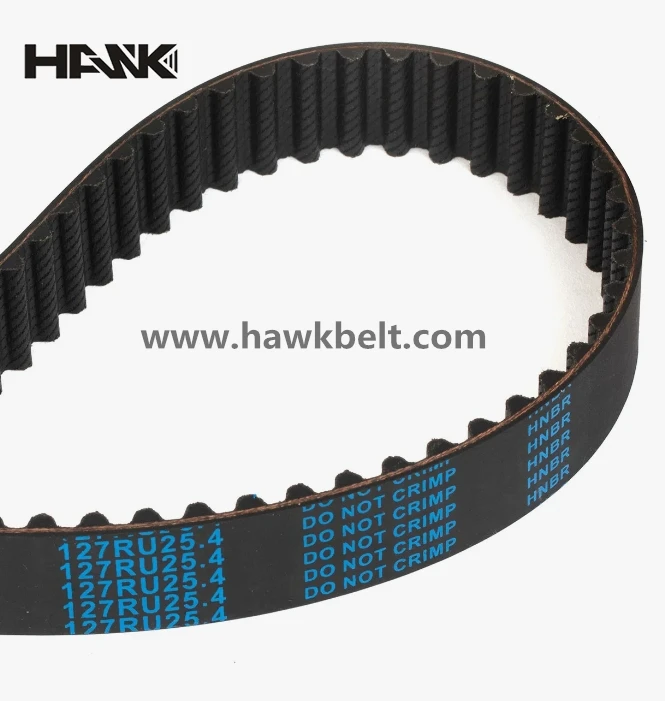- Arabic
- French
- Russian
- Spanish
- Portuguese
- Turkish
- Armenian
- English
- Albanian
- Amharic
- Azerbaijani
- Basque
- Belarusian
- Bengali
- Bosnian
- Bulgarian
- Catalan
- Cebuano
- Corsican
- Croatian
- Czech
- Danish
- Dutch
- Afrikaans
- Esperanto
- Estonian
- Finnish
- Frisian
- Galician
- Georgian
- German
- Greek
- Gujarati
- Haitian Creole
- hausa
- hawaiian
- Hebrew
- Hindi
- Miao
- Hungarian
- Icelandic
- igbo
- Indonesian
- irish
- Italian
- Japanese
- Javanese
- Kannada
- kazakh
- Khmer
- Rwandese
- Korean
- Kurdish
- Kyrgyz
- Lao
- Latin
- Latvian
- Lithuanian
- Luxembourgish
- Macedonian
- Malgashi
- Malay
- Malayalam
- Maltese
- Maori
- Marathi
- Mongolian
- Myanmar
- Nepali
- Norwegian
- Norwegian
- Occitan
- Pashto
- Persian
- Polish
- Punjabi
- Romanian
- Samoan
- Scottish Gaelic
- Serbian
- Sesotho
- Shona
- Sindhi
- Sinhala
- Slovak
- Slovenian
- Somali
- Sundanese
- Swahili
- Swedish
- Tagalog
- Tajik
- Tamil
- Tatar
- Telugu
- Thai
- Turkmen
- Ukrainian
- Urdu
- Uighur
- Uzbek
- Vietnamese
- Welsh
- Bantu
- Yiddish
- Yoruba
- Zulu
Οκτ . 04, 2024 23:33 Back to list
automotive v ribbed belt
Understanding Automotive V Ribbed Belts Essential Components for Engine Performance
Automotive V ribbed belts, also known as serpentine belts, play a crucial role in the functioning of a vehicle’s engine system. These belts are designed to transmit power from the engine’s crankshaft to various accessories, including the alternator, power steering pump, air conditioning compressor, and water pump. Understanding the characteristics, functionality, and maintenance of V ribbed belts is essential for vehicle owners and automotive enthusiasts alike.
What is a V Ribbed Belt?
The V ribbed belt features a unique design with multiple longitudinal ribs on its inner surface, allowing it to grip the pulleys effectively. This design enhances friction and prevents slippage, ensuring that power is transmitted efficiently from the crankshaft to the engine accessories. The V shape of the ribs helps the belt maintain its position on the pulleys, even under high tension and varying loads.
Typically made from a combination of rubber and reinforcing materials, V ribbed belts are manufactured to withstand extreme temperatures and conditions. They are designed to be durable, flexible, and resistant to wear and tear, making them crucial for the longevity of automotive components.
Functionality and Importance
The primary function of the V ribbed belt is to transfer power. As the crankshaft rotates, it drives the belt, which in turn powers the connected accessories. The efficiency of this system impacts the overall performance of the vehicle. For instance, a malfunctioning belt can lead to a failure in critical components like the alternator, leading to battery issues, or the power steering pump, making steering difficult.
Moreover, V ribbed belts are engineered to operate at high speeds and variable loads, which are commonplace in automotive engines. This adaptability makes them essential for maintaining engine efficiency and performance. A well-functioning V ribbed belt ensures that all engine accessories operate smoothly, contributing to the overall reliability and efficiency of the vehicle.
Signs of Wear and Tear
automotive v ribbed belt

Like all automotive components, V ribbed belts do not last forever. Over time, they can exhibit signs of wear and tear. Common indicators include
1. Cracks and Fraying Visible cracks or frayed edges can significantly reduce the belt’s performance. These symptoms often indicate that the belt is nearing the end of its operational life.
2. Squeaking or Squealing Noises Unusual sounds during engine operation may suggest that the belt is slipping or misaligned. These noises can be a precursor to more significant issues if not addressed promptly.
3. Poor Performance of Accessories A failing V ribbed belt can lead to malfunctioning components, such as dimming headlights due to a failing alternator or overheating from a malfunctioning water pump.
Maintenance and Replacement
To ensure optimal performance, it is essential to regularly inspect the V ribbed belt for any signs of wear. Most automotive experts recommend checking the belt every 30,000 to 50,000 miles as part of routine maintenance. Depending on the vehicle’s make and model, replacement may be necessary if significant wear is detected.
When replacing a V ribbed belt, it is vital to choose a high-quality product that fits the vehicle specifications. Using an inferior belt can lead to premature failure and potentially cause damage to other engine components.
Conclusion
Automotive V ribbed belts are integral to the efficient operation of a vehicle’s engine system. Their design allows for reliable power transmission, contributing to the performance of various accessories. Understanding the functionality, signs of wear, and maintenance practices associated with V ribbed belts is crucial for any vehicle owner. Regular inspections and timely replacements not only enhance engine efficiency but also ensure a smoother, safer driving experience. As automotive technology continues to evolve, staying informed about these essential components will help in maintaining the vehicle in peak condition.
-
Korean Auto Parts Timing Belt 24312-37500 For Hyundai/Kia
NewsMar.07,2025
-
7PK2300 90916-T2024 RIBBED BELT POLY V BELT PK BELT
NewsMar.07,2025
-
Chinese Auto Belt Factory 310-2M-22 For BMW/Mercedes-Benz
NewsMar.07,2025
-
Chinese Auto Belt Factory 310-2M-22 For BMW/Mercedes-Benz
NewsMar.07,2025
-
90916-02660 PK Belt 6PK1680 For Toyota
NewsMar.07,2025
-
drive belt serpentine belt
NewsMar.07,2025

